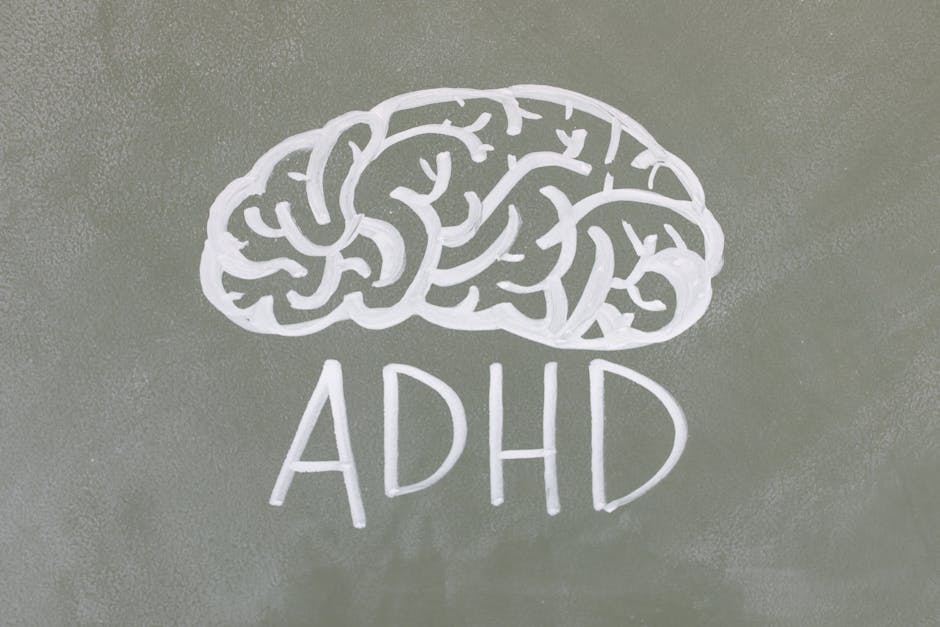You’re halfway through an important email when a notification pings. You glance at it—just for a second—then return to your message. Except now you’ve lost your train of thought. You reread the last paragraph, but another alert appears. Fifteen minutes vanish into a blur of tabs, messages, and half-finished thoughts.
This isn’t a personal failing—it’s a design problem. Research shows we spend just 47 seconds on a task before self-interrupting [1]. The average person now encounters information equal to reading 174 newspapers daily. Our brains weren’t designed to process this volume, which is why filtering strategies have become essential.
Mastering information filtering isn’t about consuming less—it’s about building cognitive frameworks that help you identify what truly matters. This means understanding your brain’s natural limits, creating practical boundaries, and building sustainable habits that protect your attention.
Why Your Brain Struggles With Information Overload
Your working memory can juggle only 4-7 pieces of information at once. When you exceed this limit, your brain doesn’t expand.
It drops things. Decision quality plummets. Stress hormones spike.
Research shows that increased cognitive load significantly impacts brain coherence in frontal regions responsible for executive functions and working memory [5]. Think of your attention like a muscle that fatigues throughout the day. Each decision, each context switch, each notification depletes this finite resource.
The consequence goes beyond simple distraction—we’re experiencing genuine cognitive exhaustion. Studies show that breaking complex tasks into smaller units and minimizing irrelevant information improves cognitive load management [4]. But before you can apply these strategies, you need a reliable method for recognizing what’s actually relevant and what’s just noise.
The Three-Question Priority Filter
Before consuming any information, ask yourself three questions.
This framework can dramatically reduce overload while ensuring you don’t miss what matters.
Does this align with my current goals? Not your someday goals—your actual, right-now priorities. If you’re launching a product next month, that industry trend forecast for 2027 can wait. Focus on information that serves your immediate objectives.
Is this time-sensitive? Most information masquerades as urgent when it’s merely interesting. True urgency has concrete consequences attached to delay—a deadline, a decision point, or an opportunity window. Everything else is optional.
Can I get this insight elsewhere? If three sources cover the same story with similar angles, you don’t need all three. Choose the most comprehensive or trusted source and move on. Redundant consumption creates an illusion of productivity while wasting cognitive resources.
This framework works because it creates decision rules that bypass the mental exhaustion of evaluating each piece of information from scratch. Users of structured filtering frameworks report significant reductions in overall consumption without missing critical updates.
The key is applying this filter consistently. Review your criteria monthly as priorities shift. What mattered in January becomes background noise by March, and your system should evolve accordingly.
Create Strategic Digital Boundaries
Time-boxing can transform your relationship with information.
Instead of grazing on email, news, and social media all day, designate specific 30-minute windows for these activities. Batch processing reduces context-switching costs dramatically, allowing your brain to stay in one mode rather than constantly toggling.
Research shows that environments providing predictable blocks of uninterrupted time enable sustained cognitive quality with less fatigue [6]. Your brain isn’t constantly switching between “focus mode” for deep work and “intake mode” for processing new information—a transition that carries hidden cognitive costs each time.
Notifications act as attention assassins, fragmenting your focus even when you don’t respond. Studies reveal that even silenced notifications sitting on your screen reduce available cognitive capacity. Turn off all non-critical alerts and use “do not disturb” modes during deep work blocks. If someone truly needs you urgently, they’ll find another way—a phone call, a text, or an in-person visit.
Atlassian’s 2024 pilot program adopting asynchronous updates increased project milestone completion by 22% and reduced stress by 17% [7]. The message is clear: constant availability doesn’t equal productivity. It often undermines it by preventing the sustained focus that complex work requires.
Train Your Attention Like a Muscle
Here’s encouraging news: attention isn’t a fixed trait.
It can be strengthened through structured mental training that targets the neural systems responsible for regulation and executive control [3]. Selective attention—your ability to filter out irrelevant stimuli—is supported by neural mechanisms in the prefrontal cortex that respond to practice [8].
Start with simple single-tasking exercises. Choose one task and commit to it for just 10 minutes without switching. No checking email. No “quick” searches. Just one thing. When your mind wanders—and it will—gently redirect it back without judgment. This isn’t about perfection; it’s about building the neural pathways that support sustained attention.
Gradually extend these focused sessions as they become comfortable. After a week at 10 minutes, try 15. Then 20. Research shows attention span increases 15-20% after four weeks of daily single-tasking practice.
Between information sessions, brief mindfulness resets can be surprisingly powerful. Two minutes of focused breathing improves subsequent focus quality by 25%. You’re not just resting—you’re actively resetting your cognitive state, clearing the mental clutter that accumulates during intensive work.
Structured recovery periods reduce cognitive fatigue risk by 43% [2]. This isn’t indulgence or wasted time; it’s essential maintenance for your most important tool—your mind.
Avoid the Common Filtering Traps
The perfection trap kills more filtering attempts than anything else.
You’re not aiming for 100% information control—that’s impossible and exhausting. Target 70% noise reduction. That’s enough to transform your focus and productivity without requiring you to become a hermit.
FOMO—fear of missing out—drives “just this once” exceptions that gradually erode even well-designed systems. You see a trending topic and think, “I should probably know about this.” But should you? Really? Apply your three-question filter ruthlessly, especially when fear or social pressure drives the impulse rather than genuine relevance.
Static systems become obsolete as your life evolves. Your priorities shift. Industries change. What you filtered out six months ago now becomes essential. Review your filtering criteria monthly with fresh eyes. Ask yourself: What am I missing that I actually need? What am I consuming that no longer serves me? This regular maintenance keeps your system aligned with your current reality.
The goal isn’t building a perfect system—it’s building an adaptive one that grows and changes with you.
Build Your Sustainable System
Start with one high-impact change rather than overhauling everything at once.
Maybe it’s time-boxing social media to two 20-minute windows daily. Maybe it’s turning off all work notifications after 7 PM. Choose something that addresses your biggest pain point—the area where information overload most disrupts your life.
Track your progress simply without creating another burden. Keep a brief daily log: How did your focus feel? What was your stress level? Did you complete your priority tasks? After 30 days, patterns emerge. You’ll see what works for your specific situation and what needs adjustment.
Expand gradually once your first change feels automatic—usually after 2-3 weeks of consistent practice. Then add one more filtering practice. Maybe you implement the three-question framework. Maybe you designate your first hour each morning as a no-information zone for deep work.
This incremental approach prevents the overwhelm that kills most productivity systems. You’re not overhauling your entire life overnight. You’re making small, sustainable changes that compound over time, building on each success rather than trying to maintain dozens of new habits simultaneously.
Your filtering system should feel like a relief, not a restriction. If it doesn’t, that’s valuable feedback—adjust it. The best system is the one you’ll actually use consistently, not the most theoretically perfect one.
Information filtering isn’t about deprivation—it’s about intention. It’s choosing signal over noise, depth over breadth, focus over frenzy. It’s recognizing that in a world of infinite information, your attention is the scarce resource worth protecting.
Your brain has limits, and that’s not a flaw—it’s a feature that helped our species survive. Working with these limits, rather than against them, is the key to sustainable focus. Apply the three-question filter to incoming information. Create time-based boundaries that protect your deep work. Train your attention through deliberate practice. Start small and expand gradually as each change becomes habitual.
Choose one filtering practice from this article and implement it for the next 30 days. Track what changes in your focus, productivity, and stress levels. Adjust as needed based on what you learn. Then add another practice, building your personalized system one sustainable habit at a time.
In an age of infinite information, your ability to filter wisely isn’t just a productivity hack—it’s your most valuable competitive advantage. The question isn’t whether you can afford to filter more ruthlessly. It’s whether you can afford not to.
🔖
[1~3, 6, 7] : Aclanthology 4 : Tandfonline [5, 8] : Thermh

 Photo by
Photo by  Photo by
Photo by  Photo by
Photo by  Photo by
Photo by  Photo by
Photo by  Photo by
Photo by